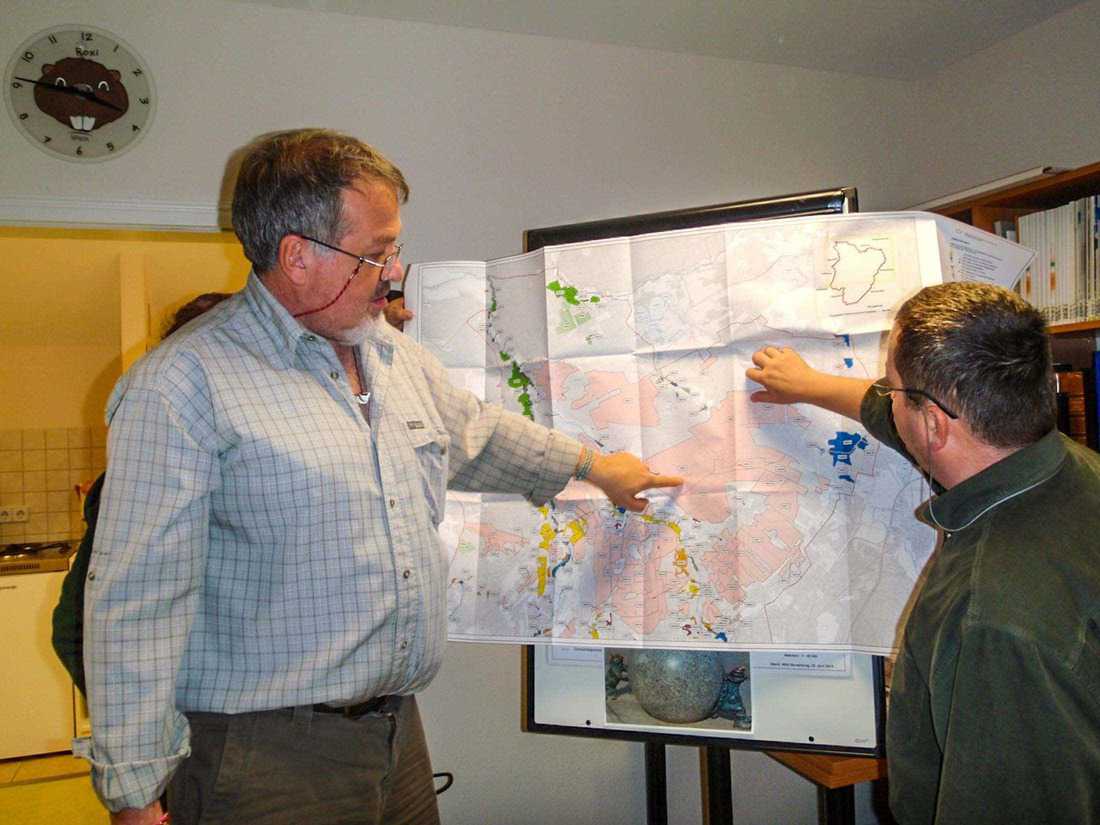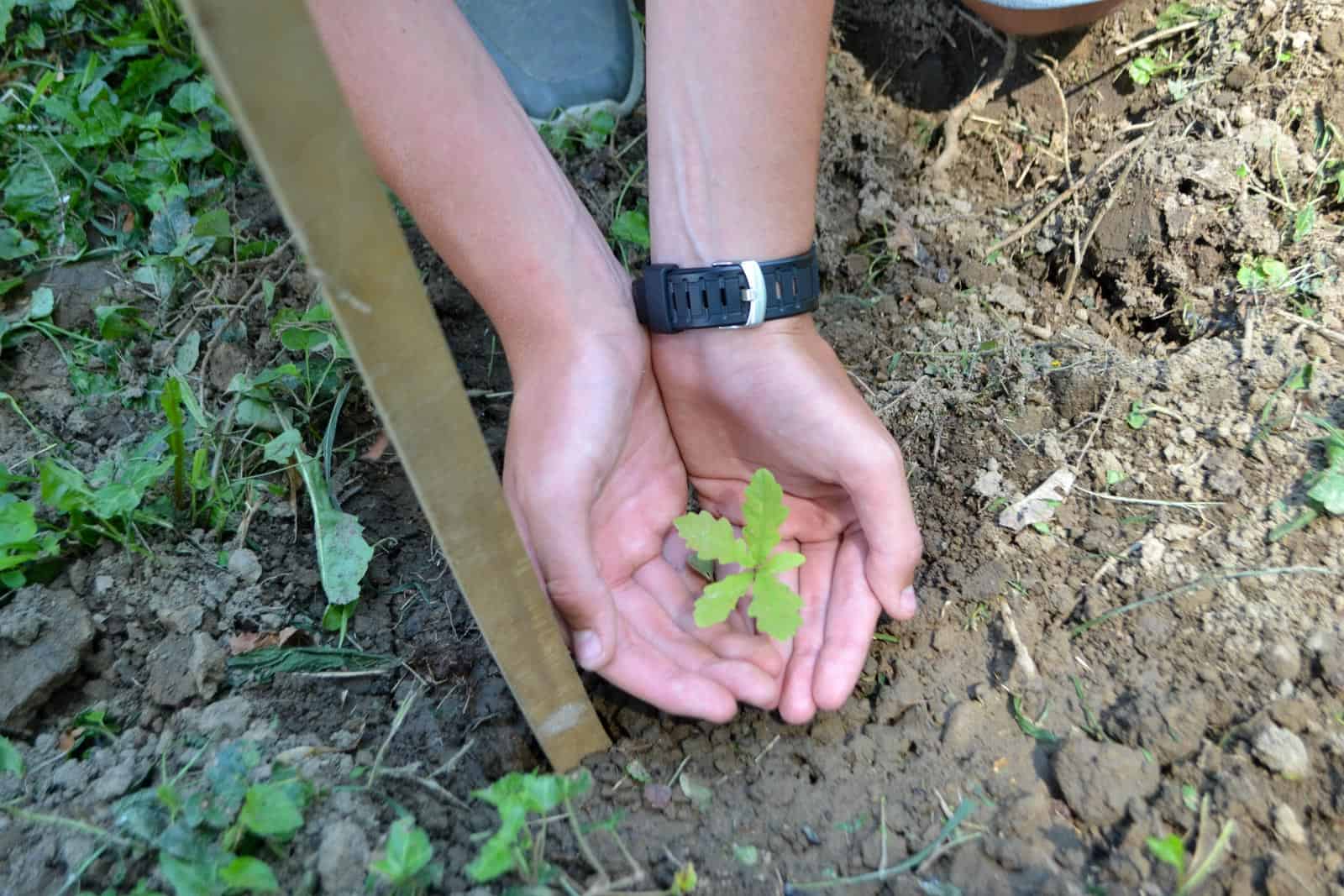Wilderness Stewardship Plan
A manager has a natural tendency to “manage” the land wherever there is possibility without judging if there is a need or not.
The need to manage Wilderness could be inconsistent with the concept of Wilderness. By definition, Wilderness is an area governed by open ended undefined natural processes. It is composed of native habitats and species, and large enough for the effective ecological functioning of natural processes.
The term management strongly suggests that people are in control, that the land needs to be managed. Non-intervention management can be a new approach for many areas.
Wilderness Stewardship is a more accurate terminology of this new form of land use management. Wilderness Stewardship is a more holistic approach to Wilderness management where managers first determine whether there is the need for any management action before implementing an action plan.
Wilderness Stewardship aims to protect, maintain and where necessary, restore Wilderness and provide opportunities for solitude in nature. It includes the designation, planning, management and monitoring of Wilderness. A long-term Wilderness Stewardship Plan is an important tool to achieve these goals.
Validity of the Wilderness Stewardship Plan is usually at least 10 years. The park management finalize a comprehensive Wilderness Stewardship Plan based on non-intervention and non-extraction management principles for the Wilderness.
The Wilderness Stewardship Plan musts usually a separate document or chapter of the overall protected area management plan.
Park management also should develop an communication strategy sharing the Wilderness Stewardship Plan with the stakeholders and with the partners of the European Wilderness Network.
To support our partners in the European Wilderness Network, we provide a template of a Wilderness Stewardship Plan to use. Obviously this plan can ba adapted to local needs, but it does provide a good starting point for a Wilderness Stewardship Plan.









